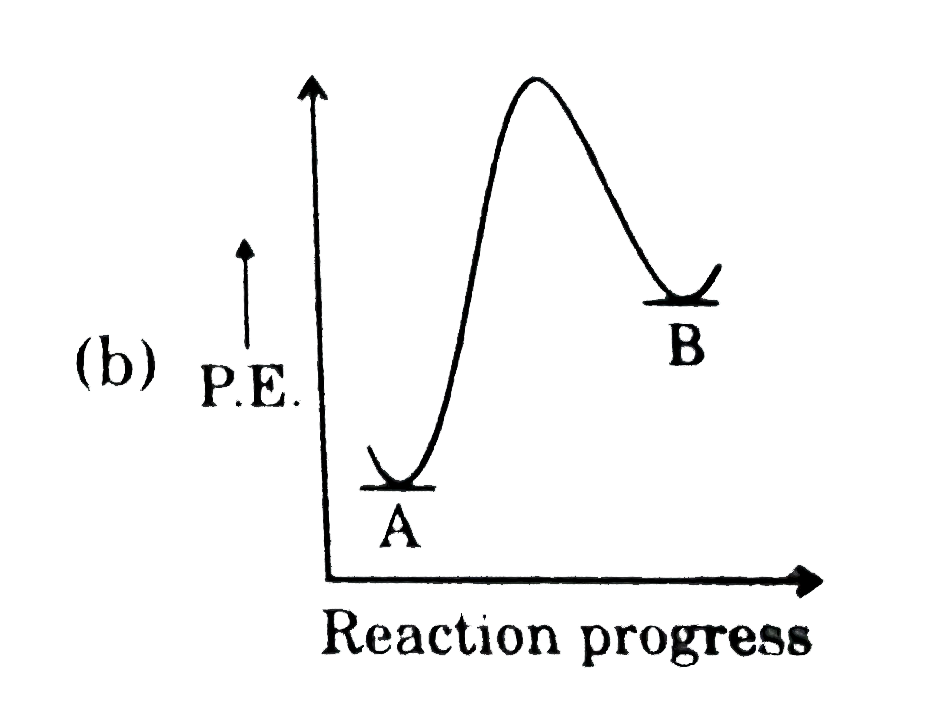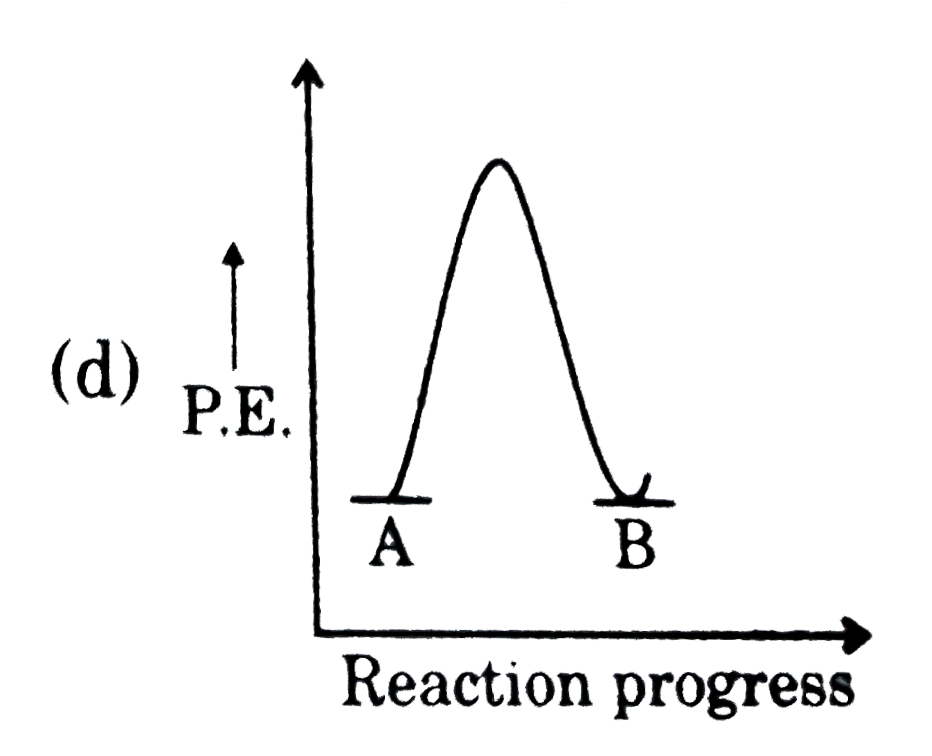For the reaction A→B,ΔH∘=7.5mol−1 and ΔS∘=2.5Jmol−1. The value of ΔG∘ and the temperature at which the reaction reaches equilibrium are, respectively.
0kJmol−1 and 400K
−2.5kJmol−1 and 400K
2.5kJmol−1 and 200K
0kJmol−1 and 300K
The correct Answer is:D
At equation ΔG∘=0
∴T=ΔHΔS=7.5×100025=300K
Topper's Solved these Questions
- KVPYBOOK - KVPY PREVIOUS YEARCHAPTER - KVPYEXERCISE - PART-I CHEMISTRY
35 Videos
- KVPYBOOK - KVPY PREVIOUS YEARCHAPTER - KVPYEXERCISE - PART-I BIOLOGY
1 Video
- KVPYBOOK - KVPY PREVIOUS YEARCHAPTER - KVPYEXERCISE - exercise
14 Videos
- KVPY 2021BOOK - KVPY PREVIOUS YEARCHAPTER - KVPY 2021EXERCISE - PART II CHEMISTRY
10 Videos
Similar Questions
For the reaction at 298K
2A+B→C
ΔH=400kJmol−1 and ΔS=0.2kJK−1mol−1
At what temperature will the reaction becomes spontaneous considering ΔH and ΔS to be contant over the temperature range.
View SolutionΔH and ΔS for the reaction, Ag2O(s)→2A(s)+12O2(g), are 30.56 kJ mol−1 and 66.0 J mol−1 respectively. Calculate the temperature at which this reaction will be at equilibrium. Predict whether the forward reaction will be favoured above or below this temperature.
View Solution
Knowledge Check
For a reaction, P+Q→R+S. The value of ΔH∘ is −30 kJ mol−1andΔS is −100 J K−1mol−1. At what temperature the reaction will be at equilibrium?
A27∘CB52∘CC30∘CD45∘CFor the reaction 2Ag2O(s)→4Ag(s)+O2(g),ΔH is 61.17 KJmol−1 and ΔS is 132 JK−1mol−1 . Compute the temperature above which the given reaction will be spontaneous.
AT>463.4KBT>190.25∘CCT<190.25∘CDT<463.4KFor a reaction A→B,Ea=10kJmol−1,ΔH=5kJmol−1. Thus, potential energy profile for this reaction is:
A B
B C
C D
D
For the reaction at 298K
2A+B→C
ΔH=400kJmol−1 and ΔS=0.2kJK−1mol−1
At what temperature will the reaction becomes spontaneous considering ΔH and ΔS to be contant over the temperature range.
View SolutionFor the process, Br2(l)→Br2(g)
ΔH∘=31kJmol−1 and ΔS∘=90JK−1mol−1. The temperature at which gaseous and liquid bromine coexist in equilibrium will be
View SolutionFor a reaction, ΔH=10000 kJ mol−1andΔS=25 kJ k−1mol−1. The minimum temperature, above which the reaction would be spontaneous is
View SolutionFor the homogeneous reactions:
xA+yB→lY+mZ
ΔH=−30kJ mol−1,ΔS=−100JK−1 mol−1
At what temperature the reaction is at equilibrium?
View SolutionΔG∘ for a reaction 25∘Cis3.5kJ×mol−1. What is the value of K?
View Solution